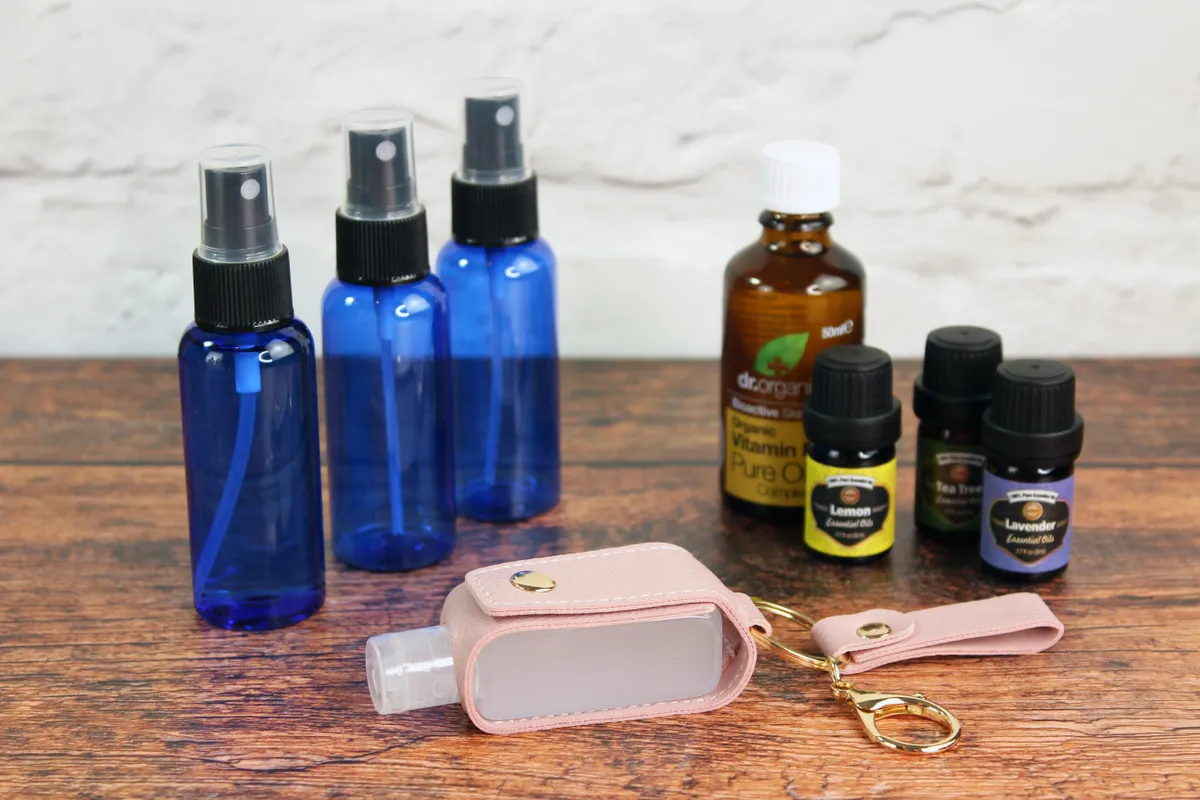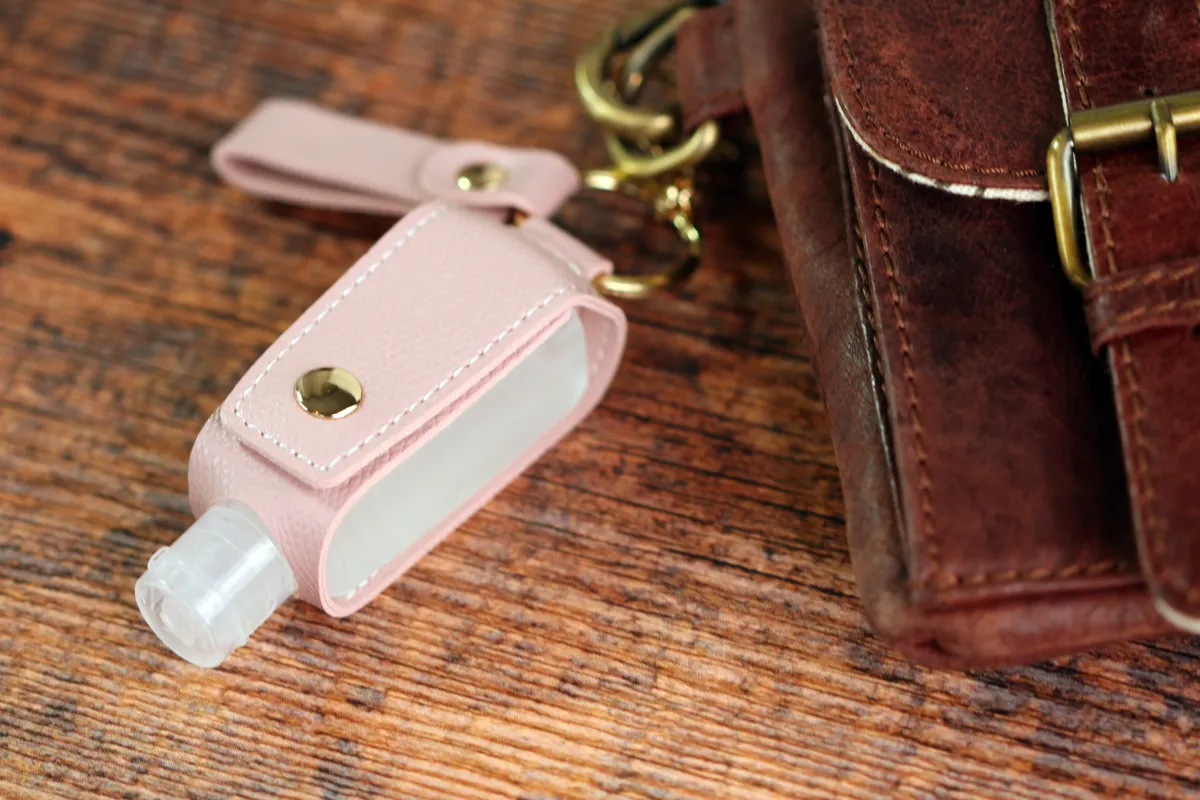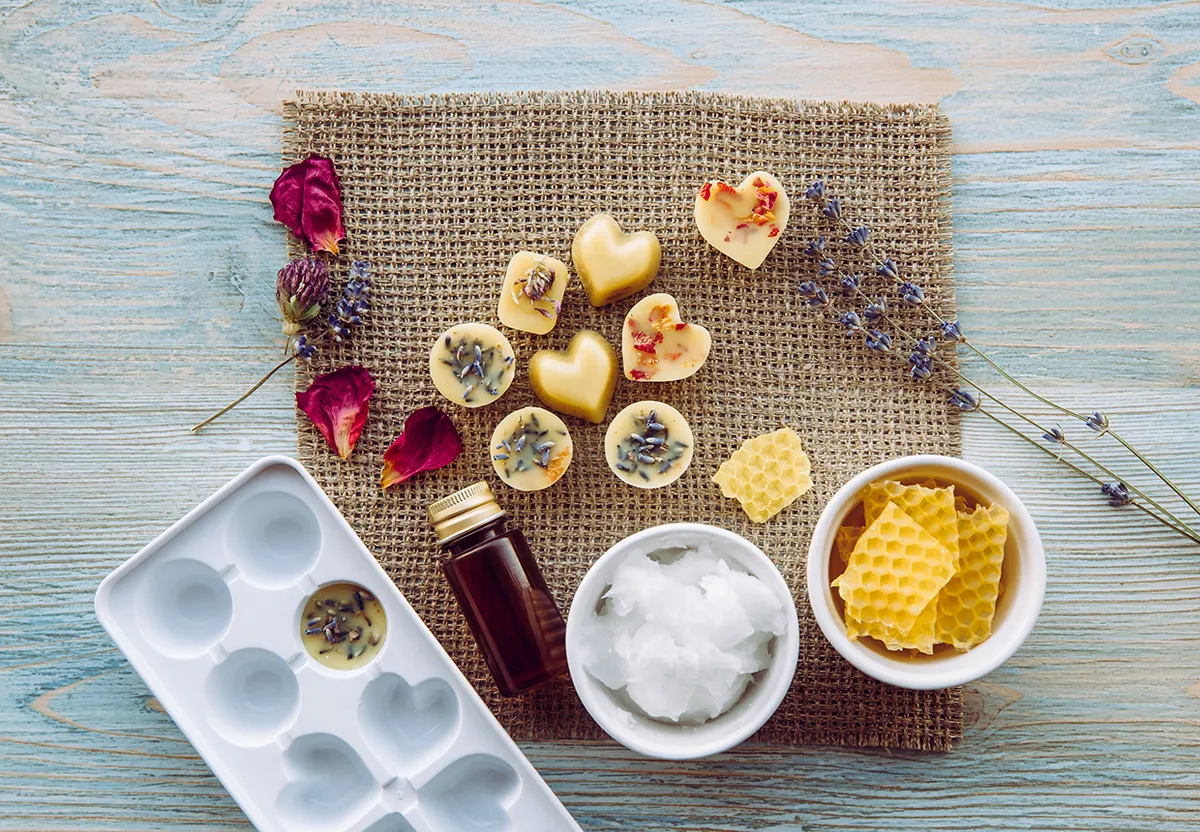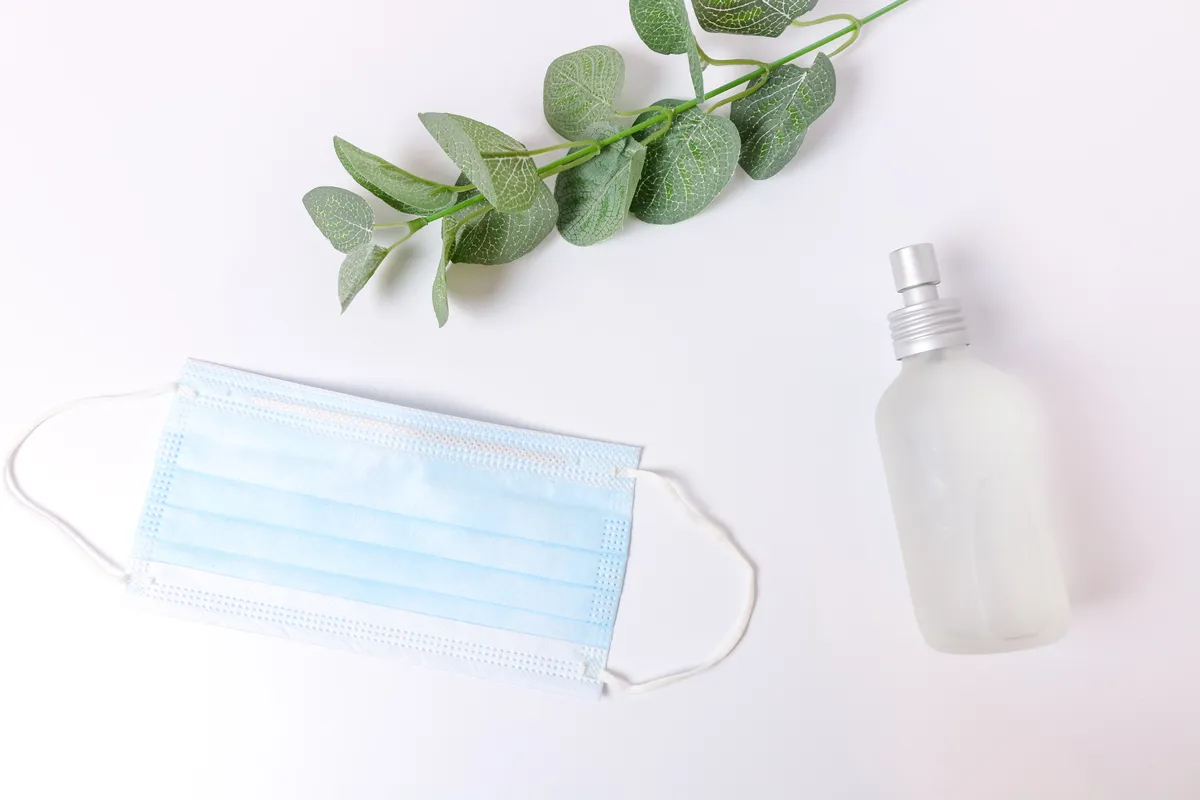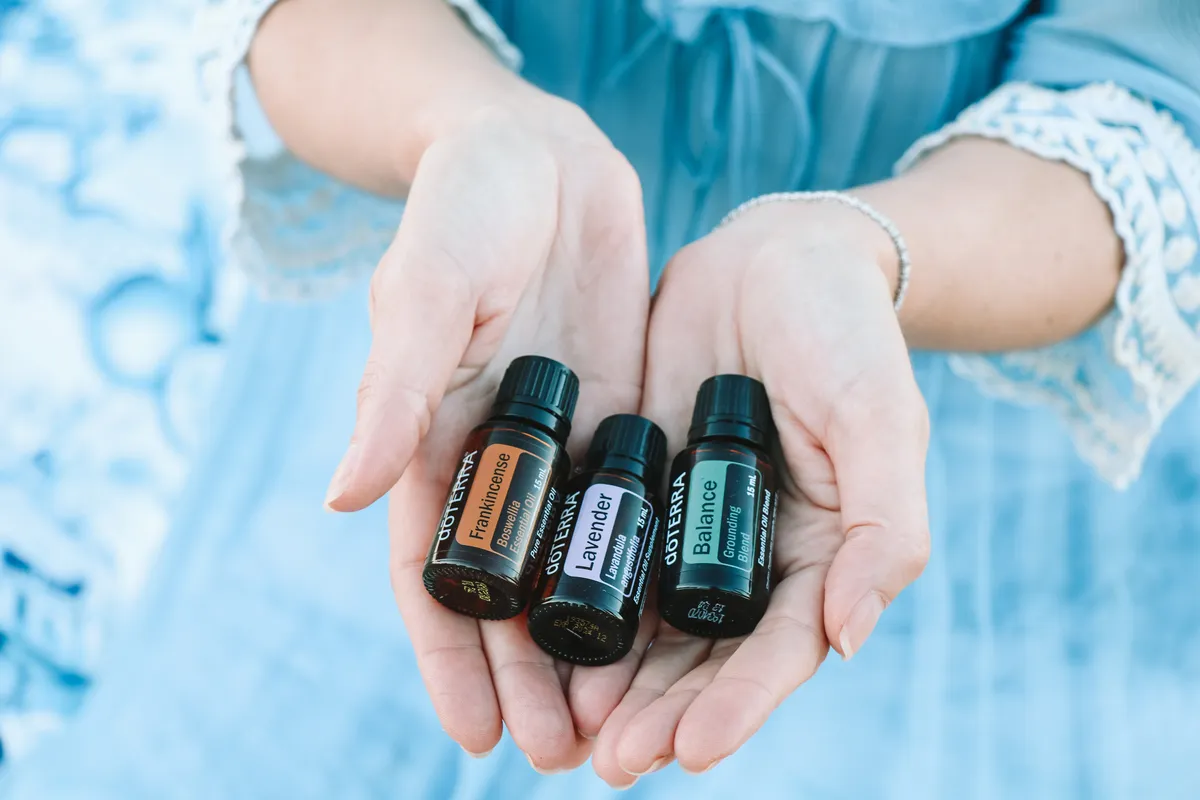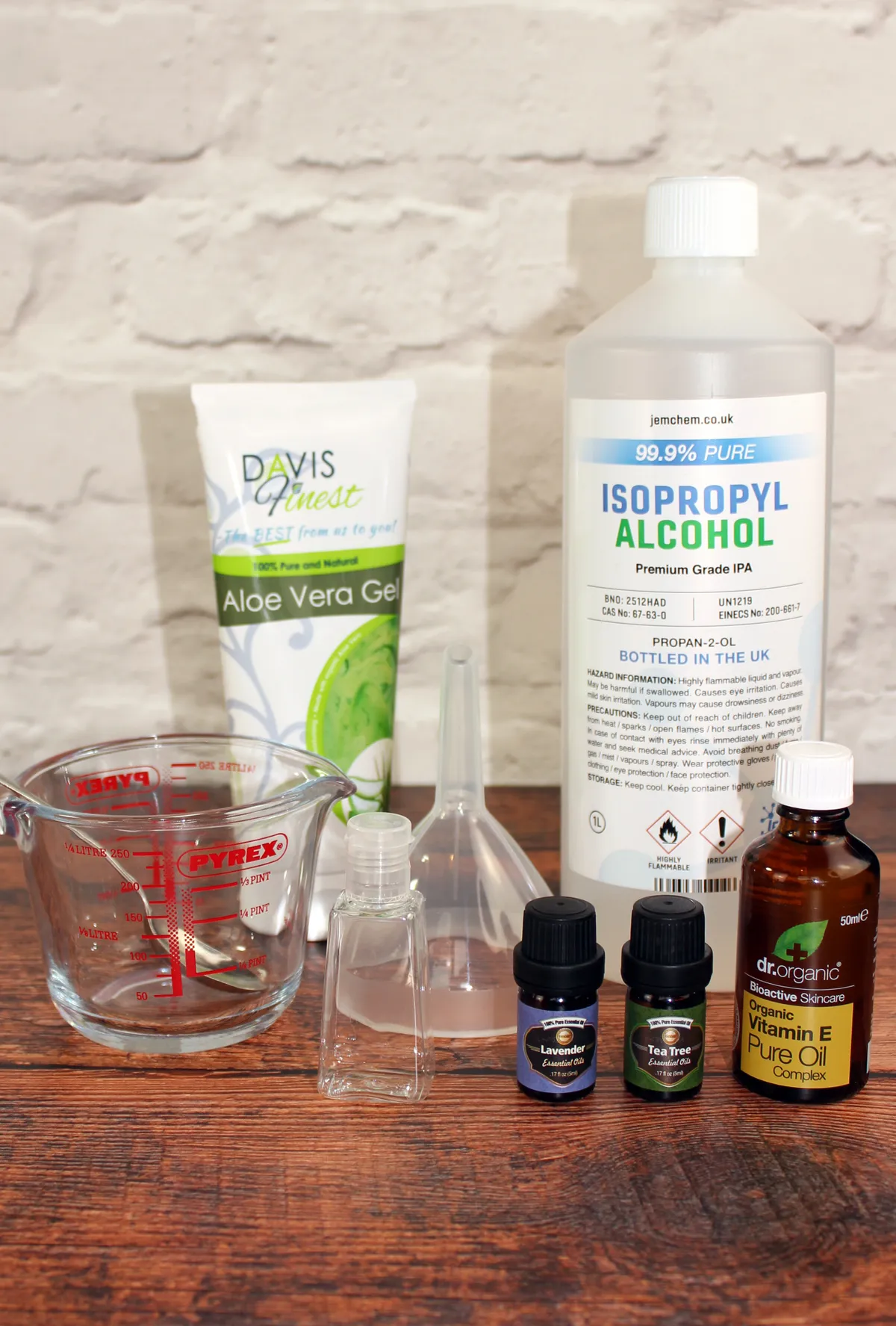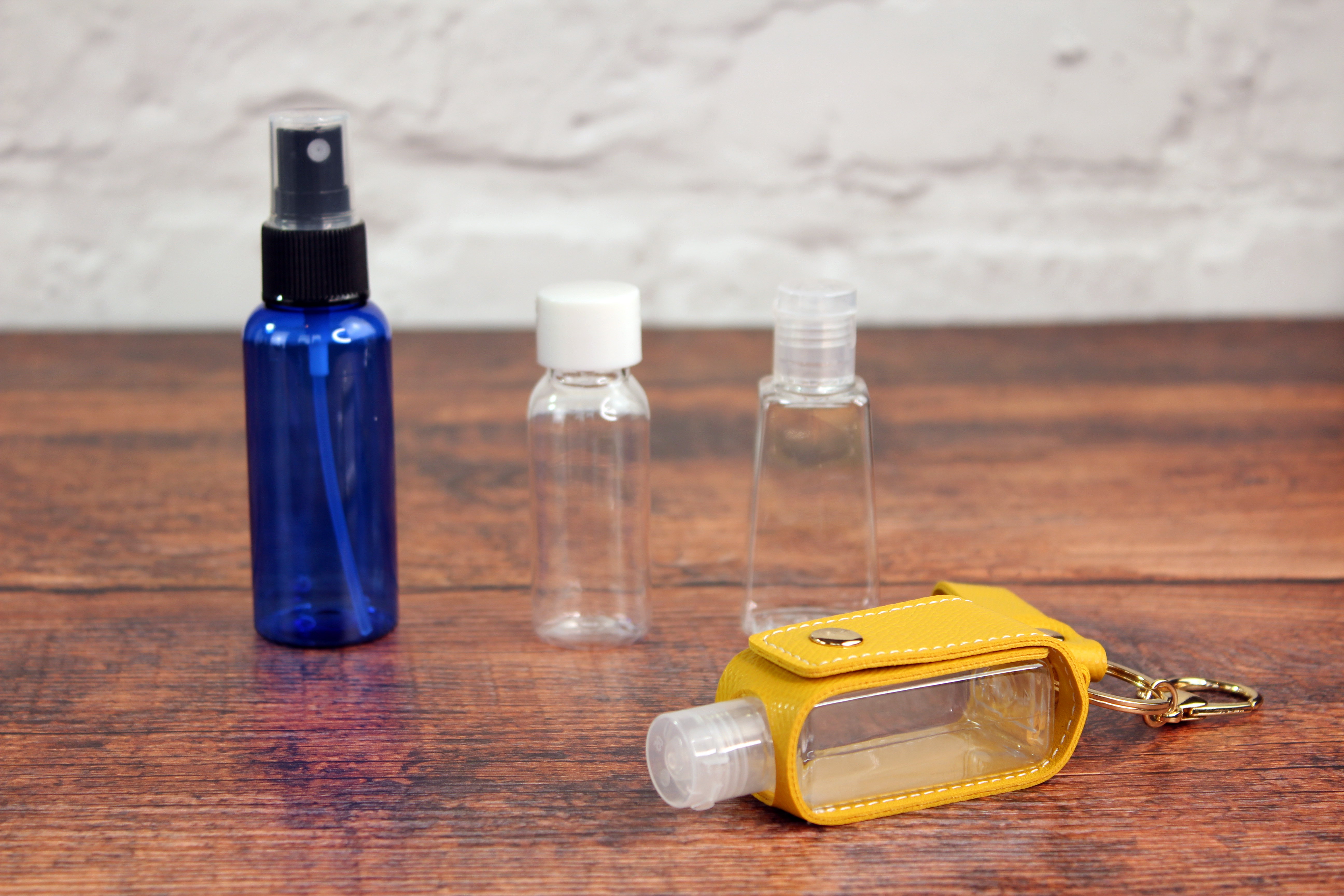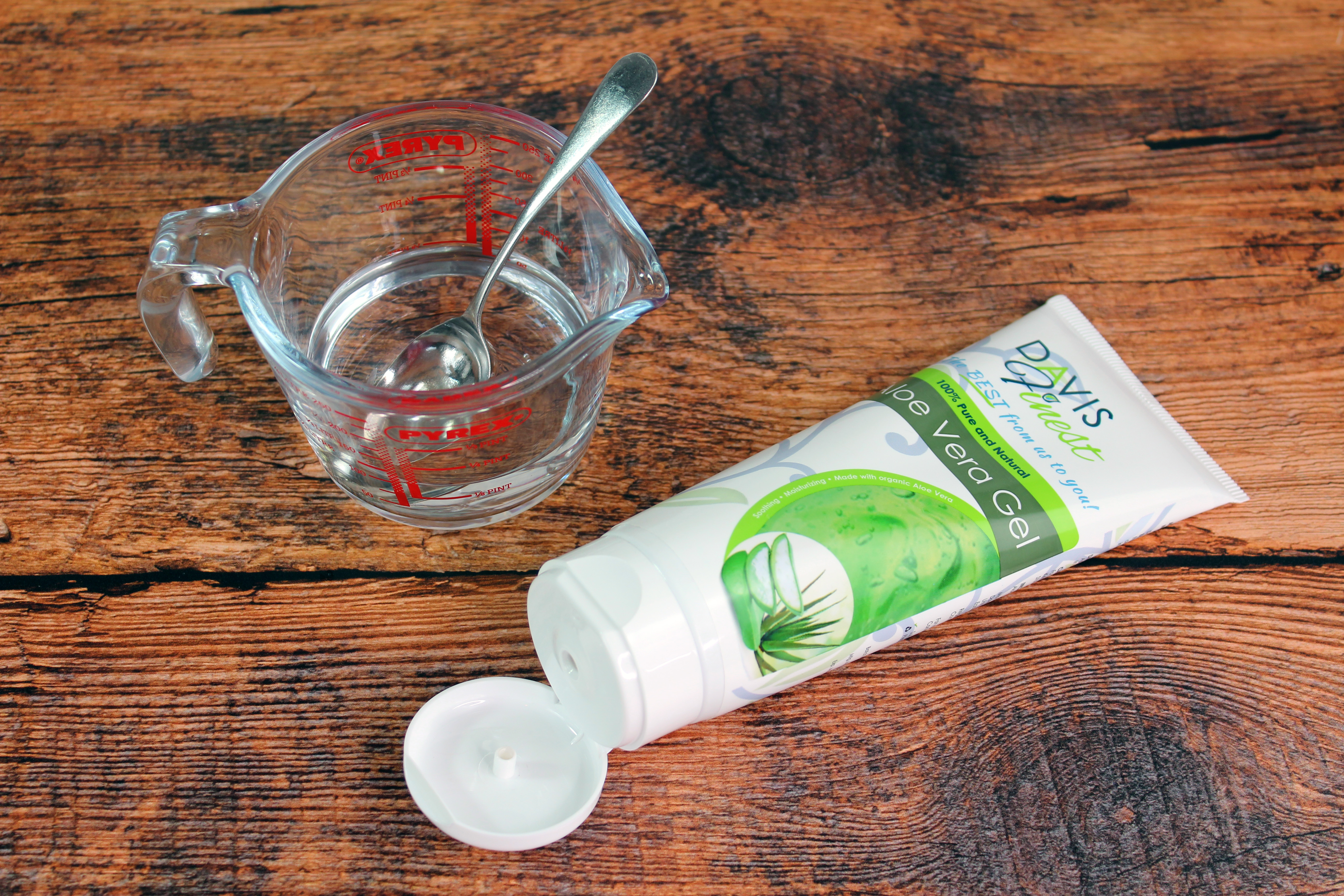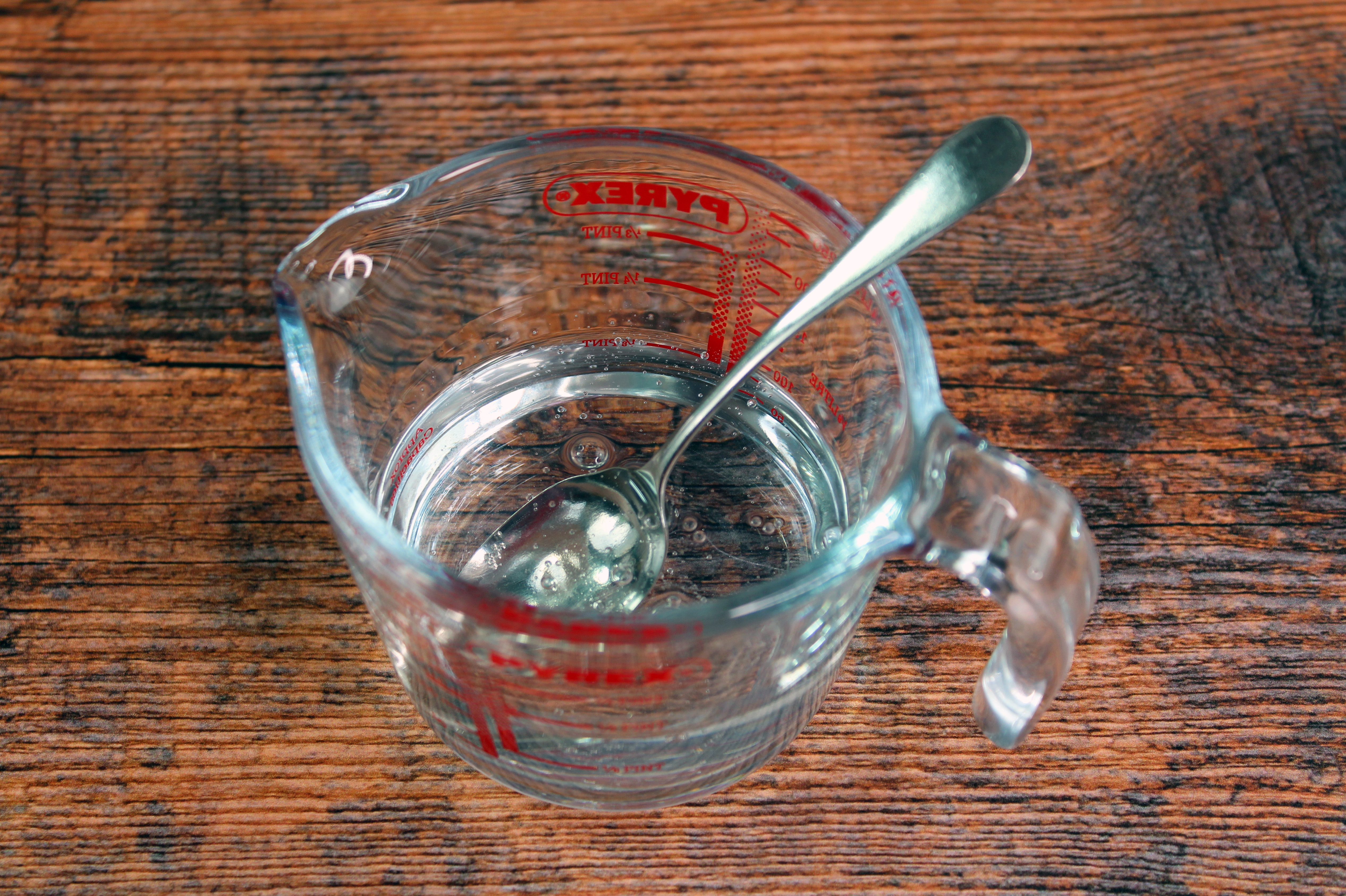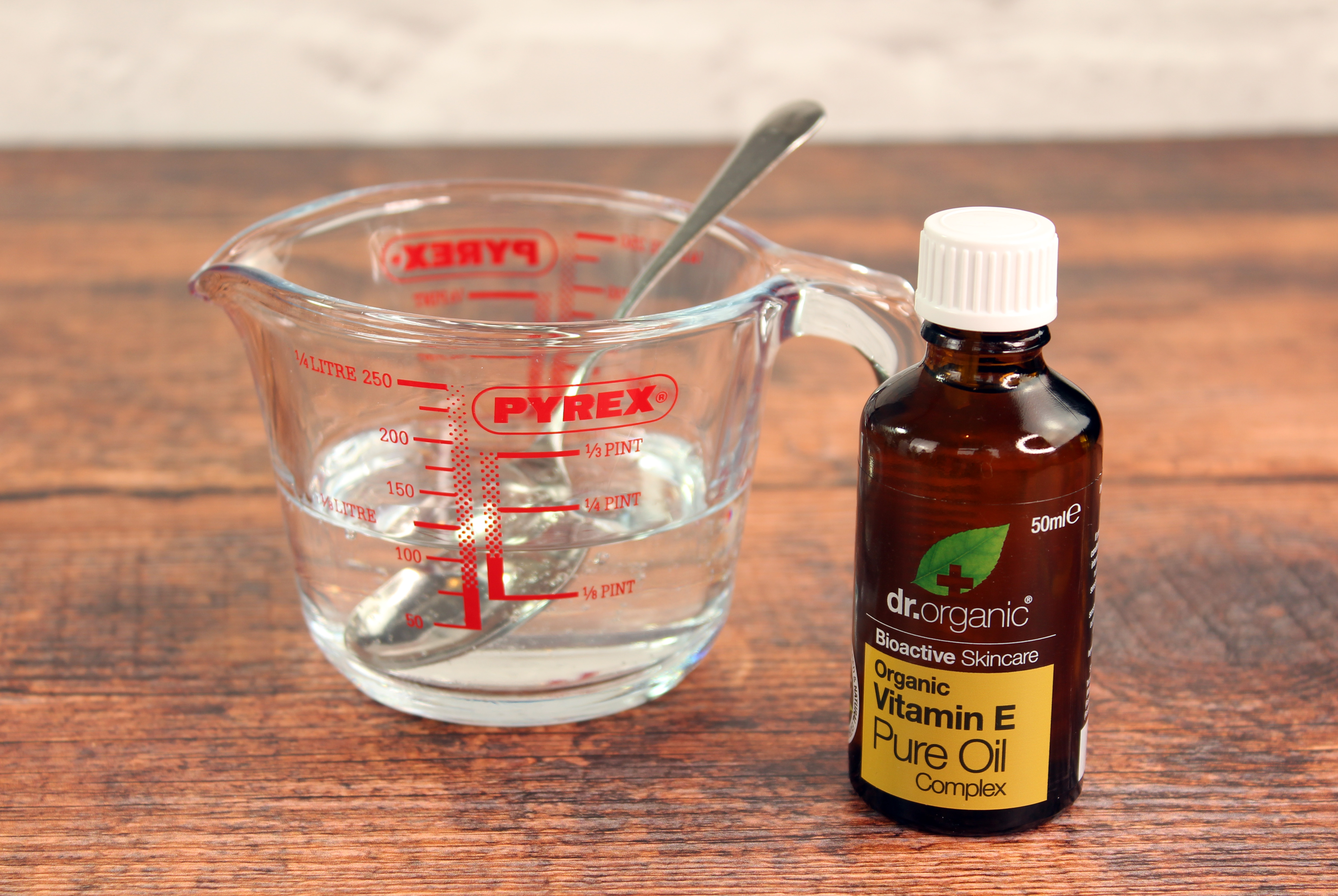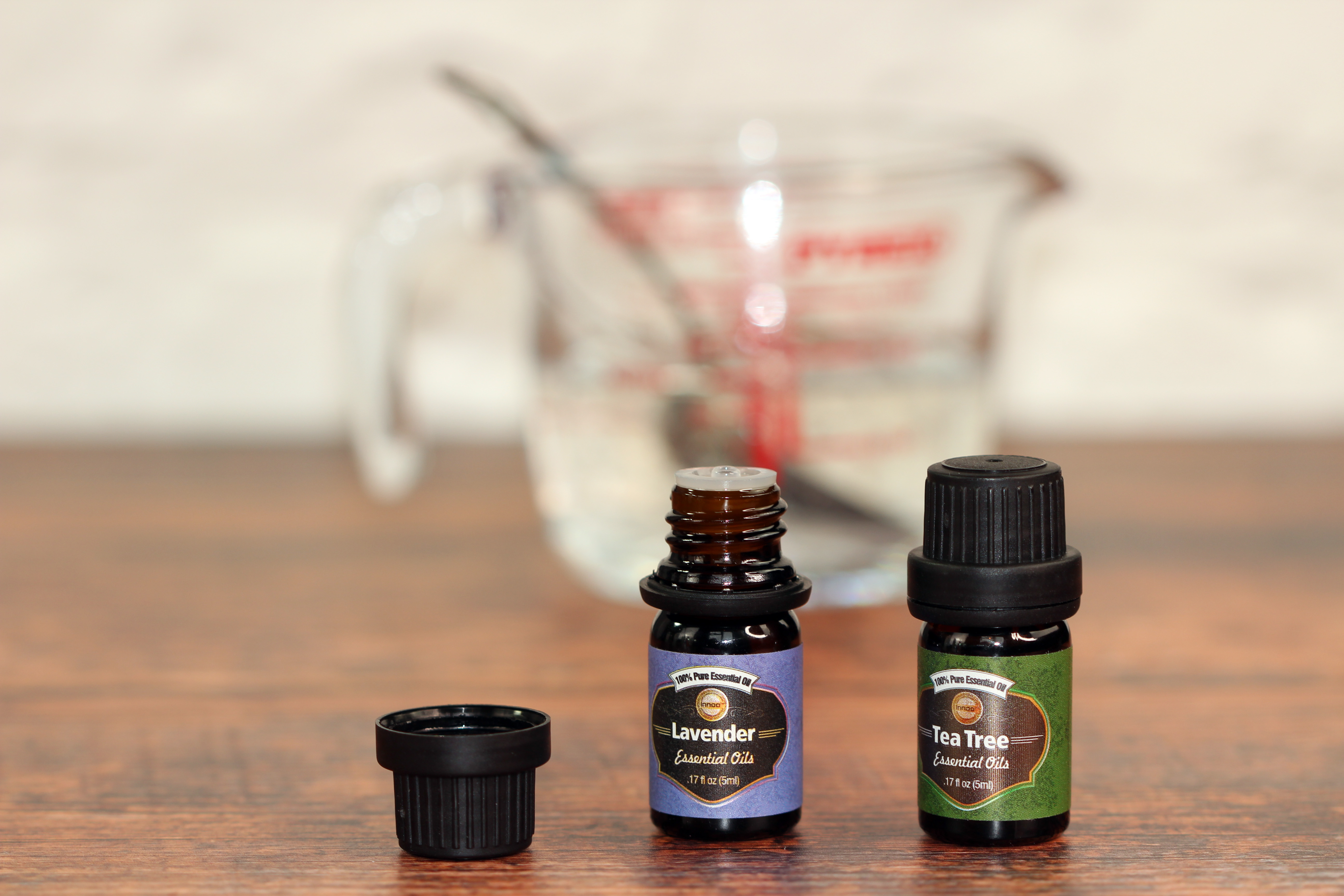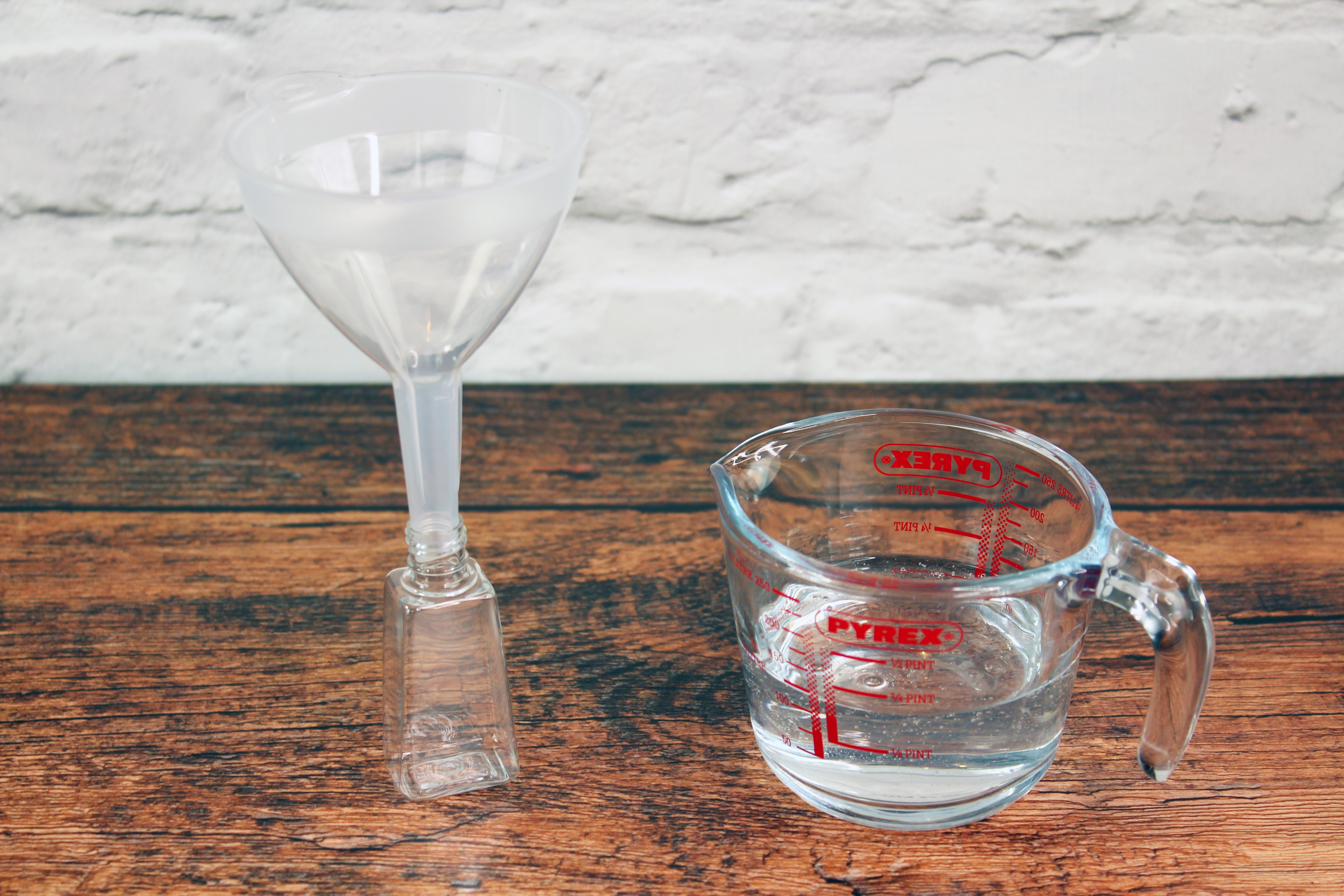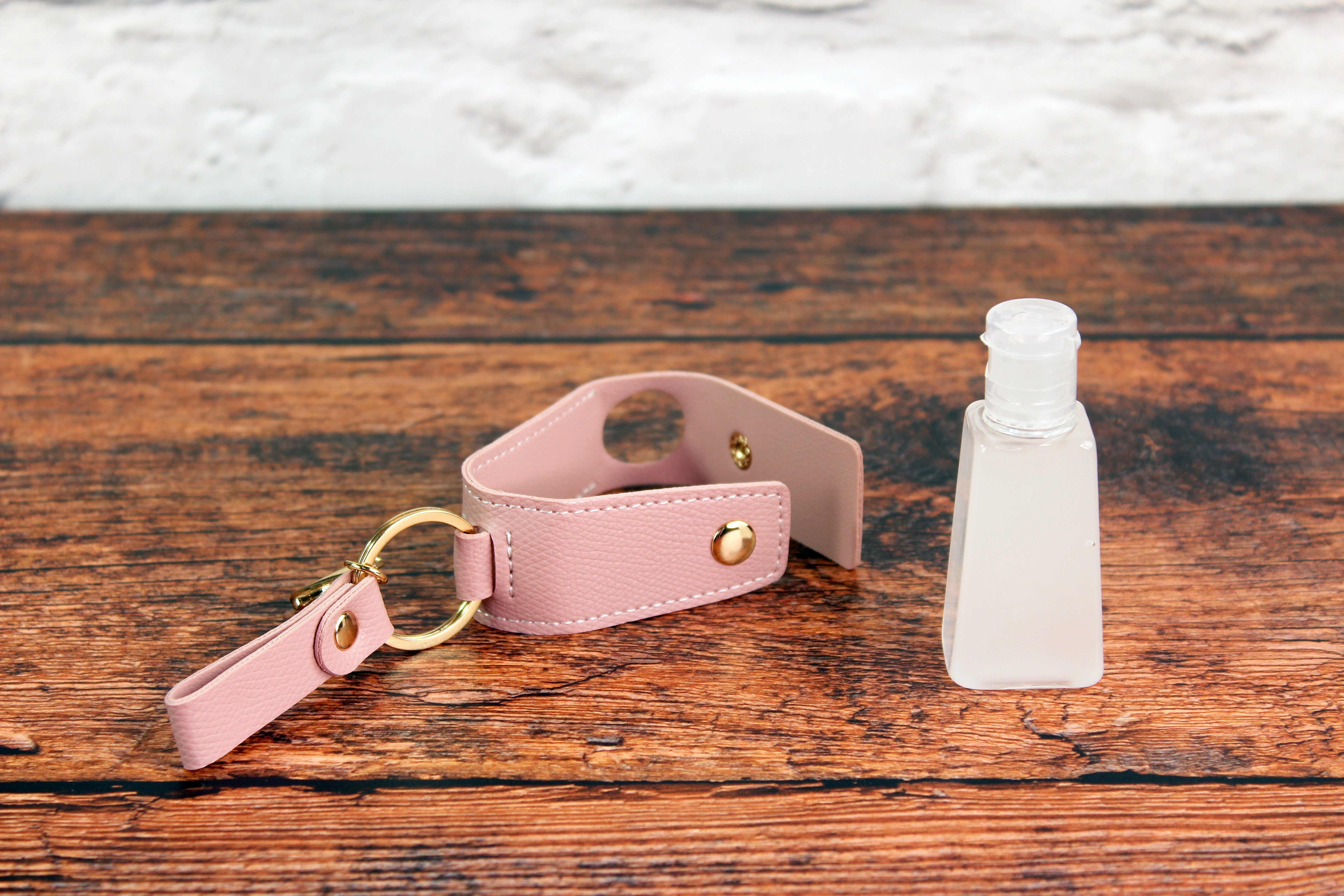How to make hand sanitizer spray
Hand sanitizer spray is much the same as hand sanitizer gel. However, the initial action of spritzing a hand sanitizer spray will add air to the formula, and therefore less of the active ingredients are delivered to the hands. Just be sure to fully cover your hands when using the spray, and you’re good to go.
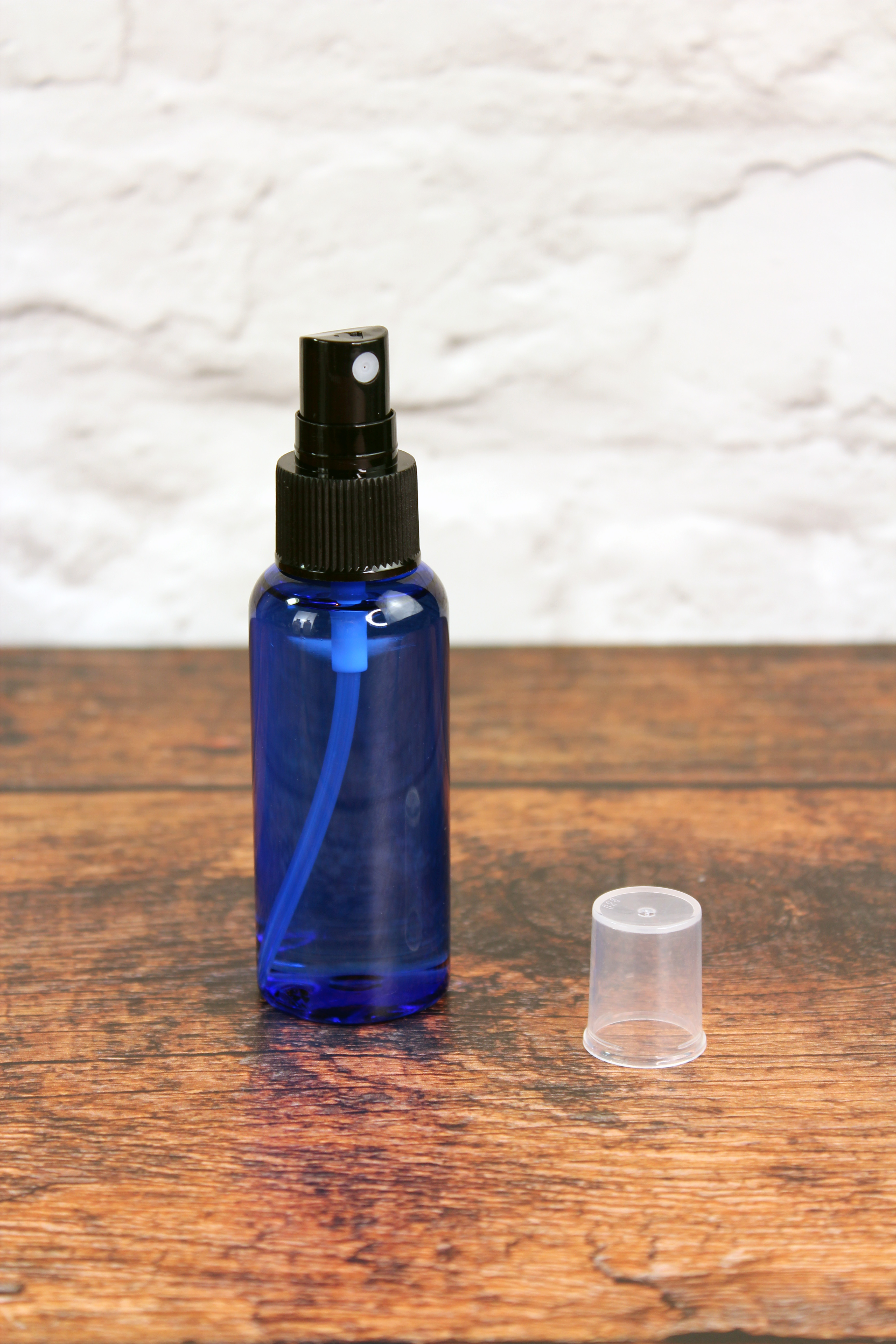
What ingredients do you need to make hand sanitizer spray?
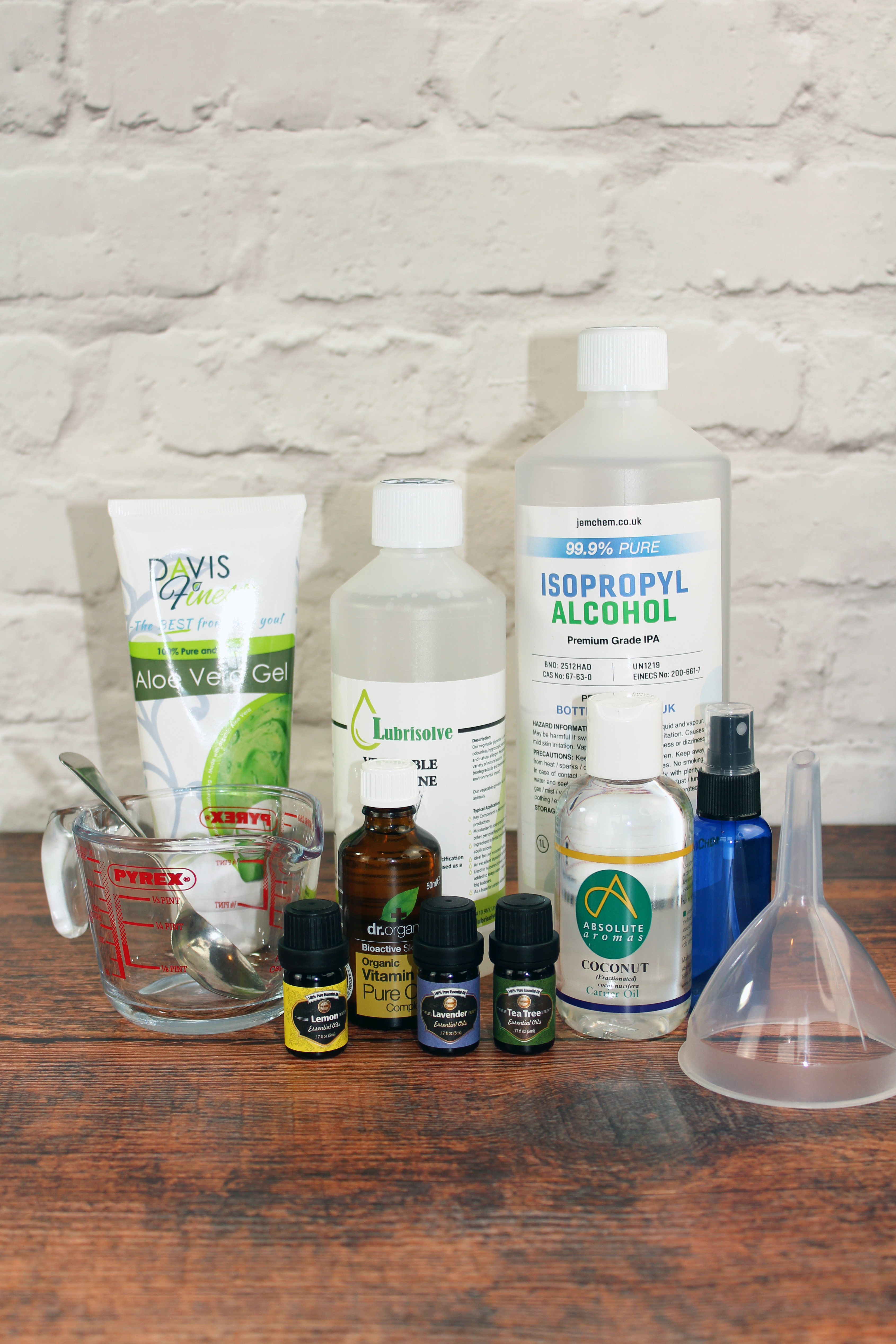
Step 1
For this hand sanitizer spray recipe, I am using a 50ml spray bottle. We need at least 60% alcohol, so using va = (vc/3)*2 we know that we need 33.3ml alcohol. Let’s round that up to 35ml. So, Add 35ml isopropyl alcohol (99.9% concentration) into a mixing bowl.
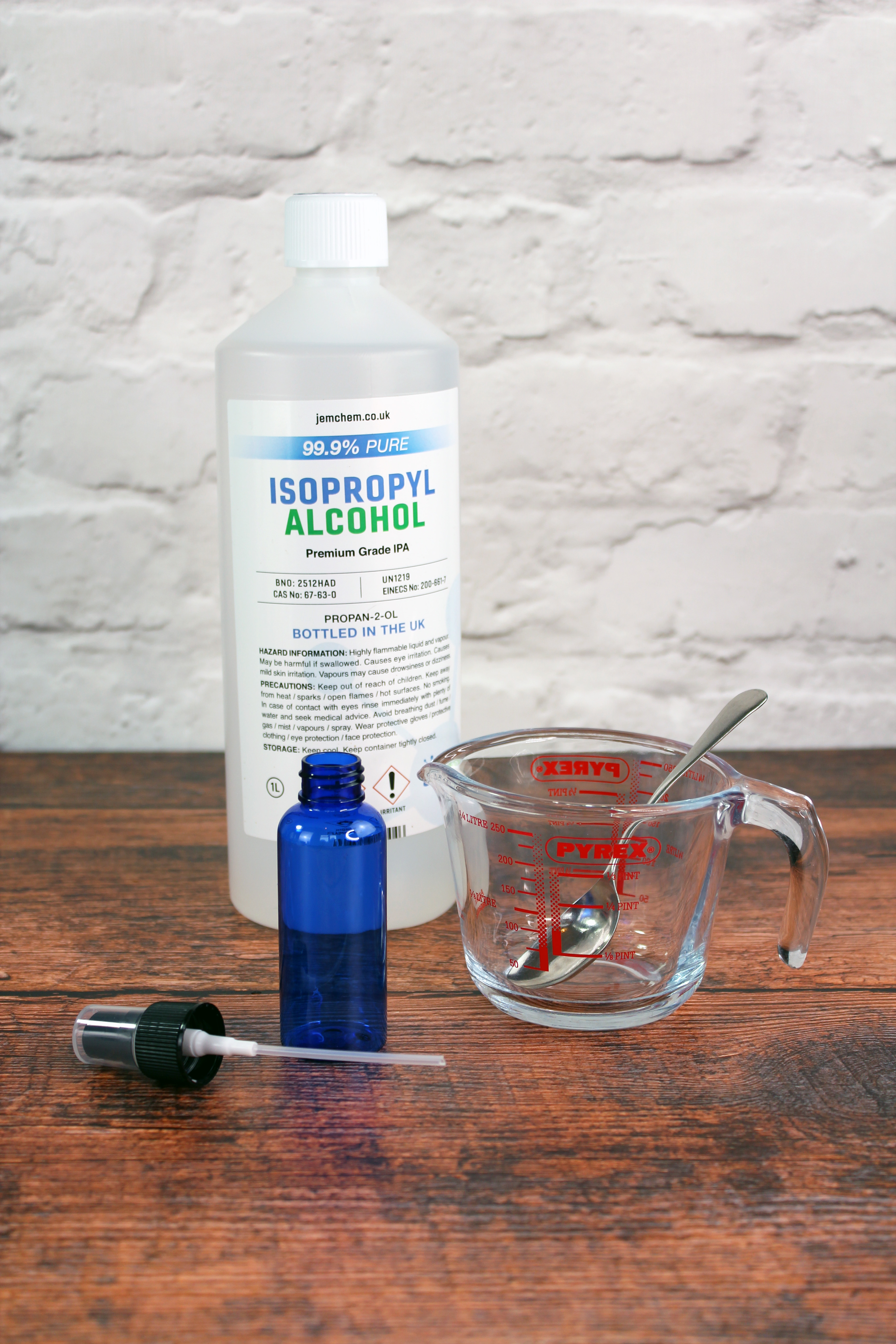
Step 2
Next, add a blob of aloe vera gel. If you want to measure precisely – 1.5 teaspoons is ideal for a 50ml container like the one I’m using.
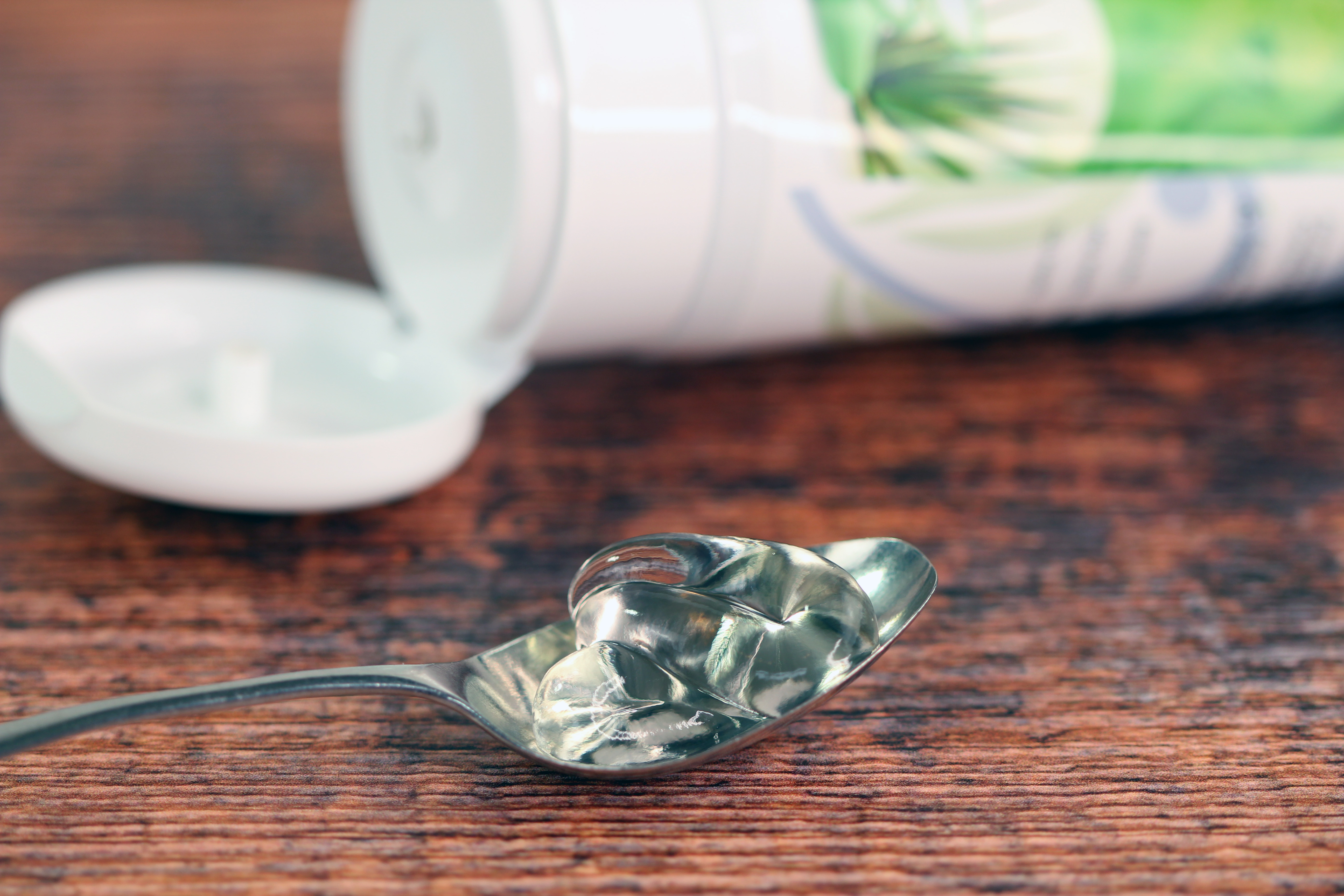
Step 3
Measure half a teaspoon of carrier oil, and add to your DIY hand sanitizer mixture. Using a carrier oil helps to dilute the essential oils so that it is suitable for making hand sanitizer spray. Here, I’m using fractionated coconut as a carrier oil – it’s unscented and does the job well.
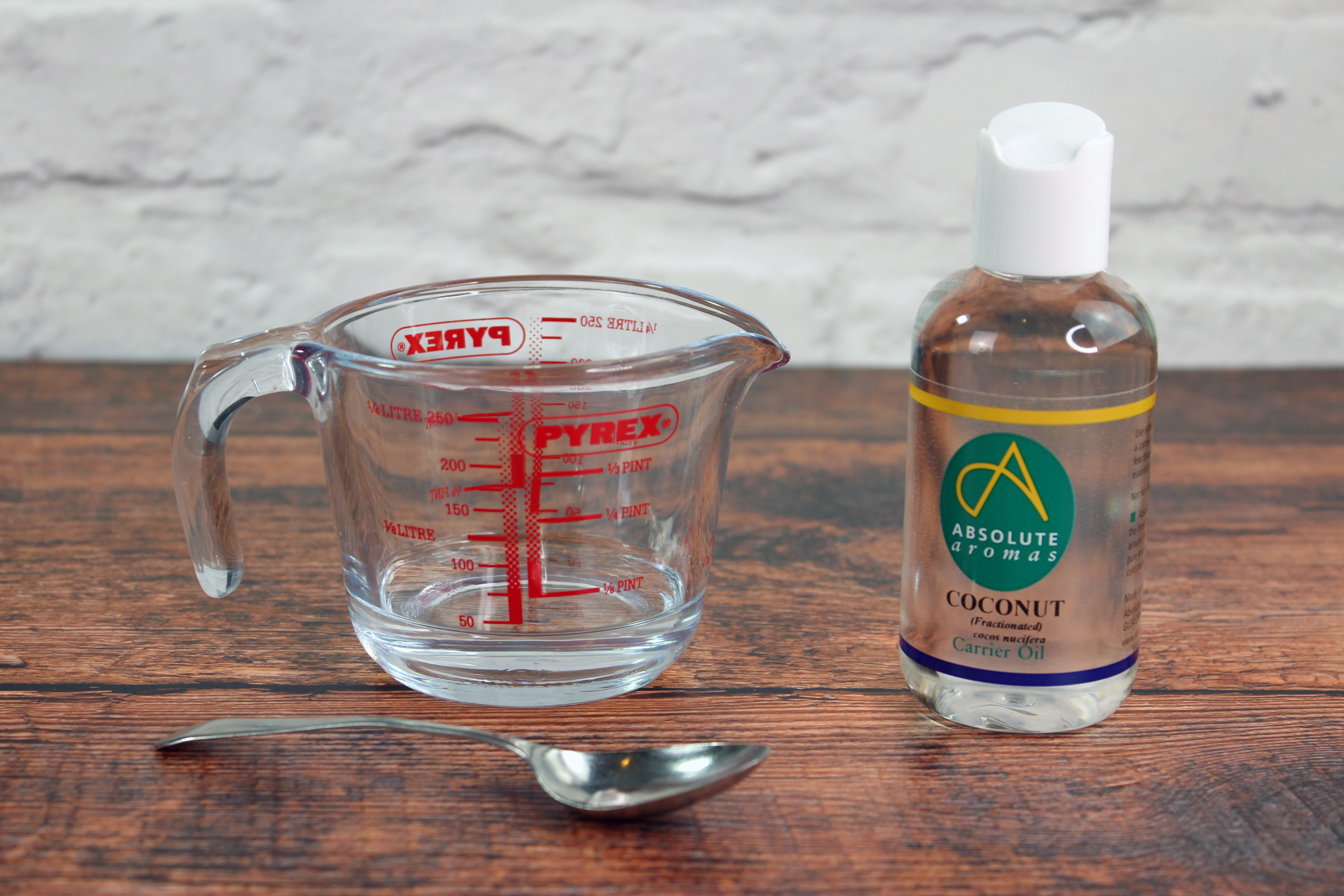
Step 4
Measure half a teaspoon of vegetable glycerin and add to your DIY hand sanitizer mixture.
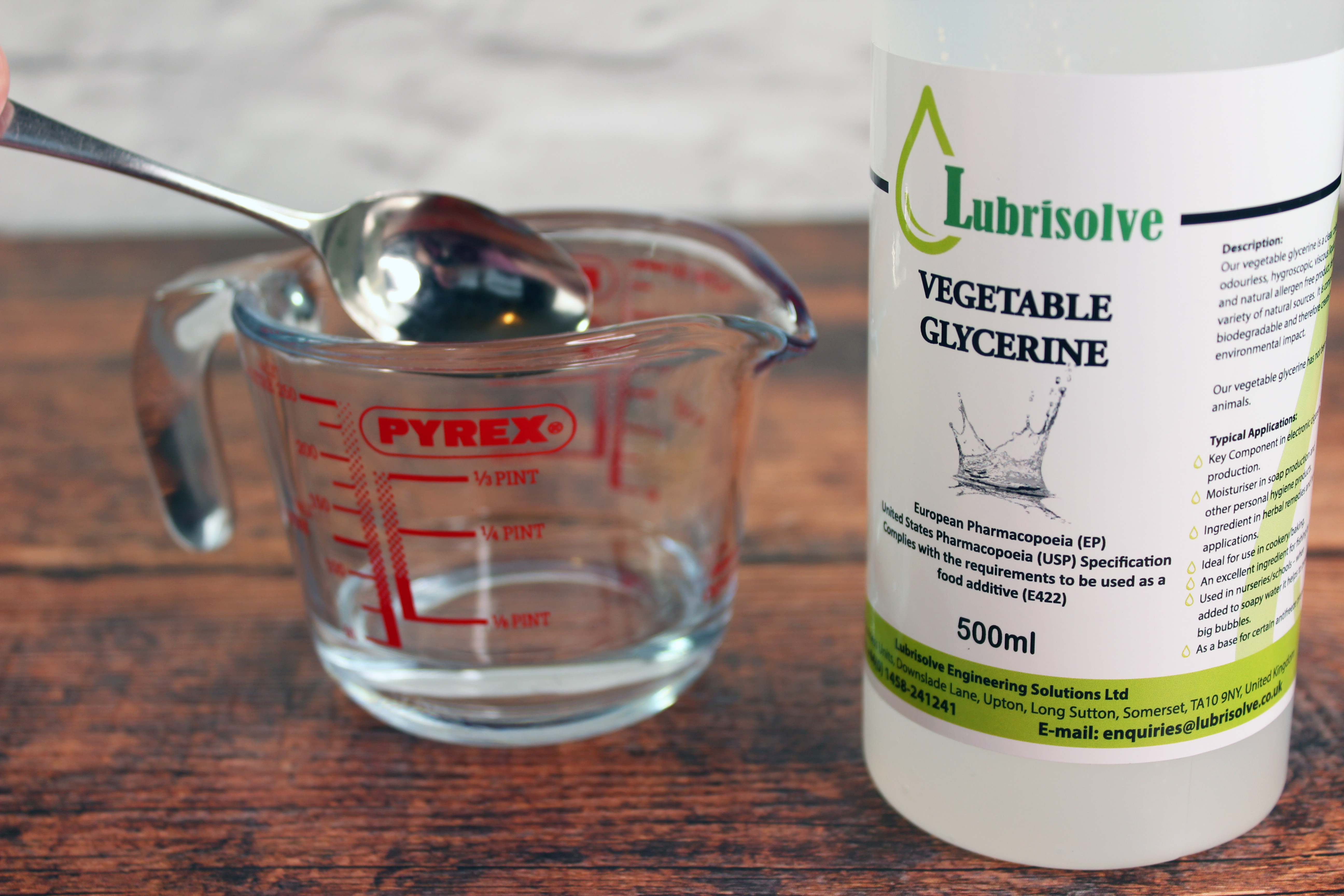
Step 5
For added moisturization and to help soothe tired, hard-working hands, add 2-3 drops of Vitamin E to the mixture.
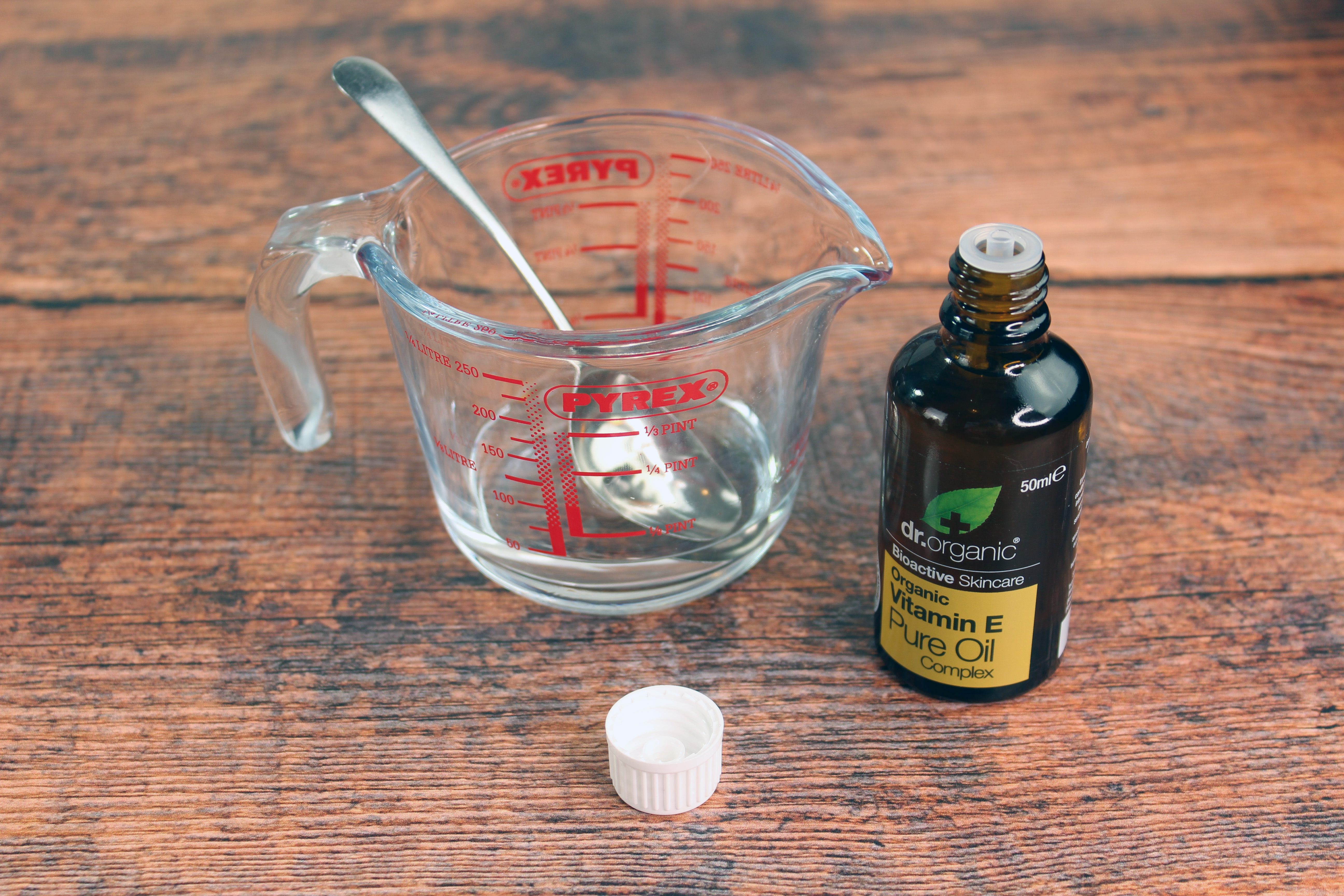
Step 6
Next, add some essential oils! Let’s add an extra flavor to the mix this time – lemon. Add 2 drops of tea tree, 4 drops of lavender, and 4 drops of lemon to your hand sanitizer recipe and mix well.
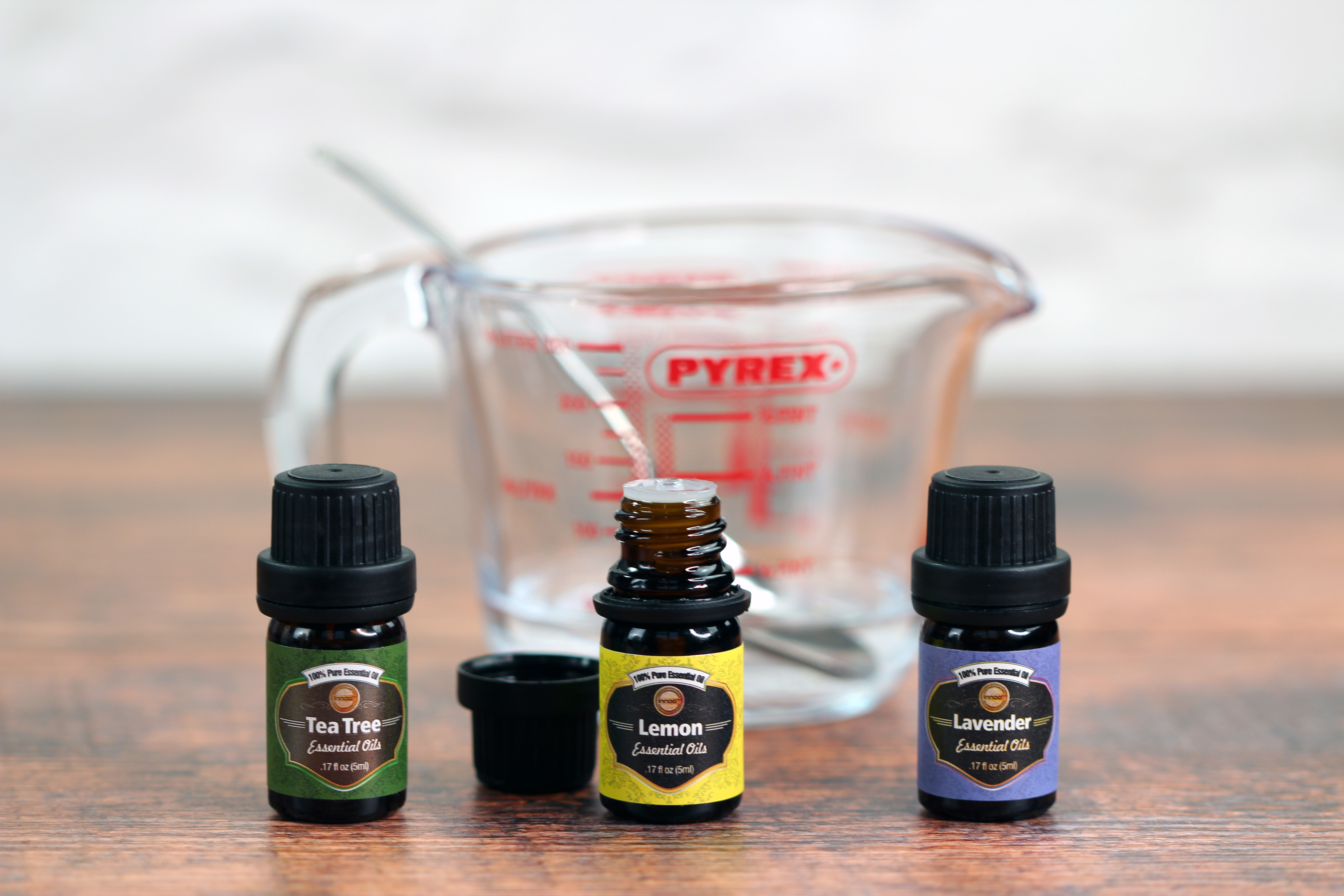
Step 7
Using the funnel, pour the mixture into your empty bottle. If you need to mix it some more, screw the lid on (make sure it’s tight) and shake. Now you have your own homemade hand sanitizer that you can pop in your purse (bag) when you are out and about.
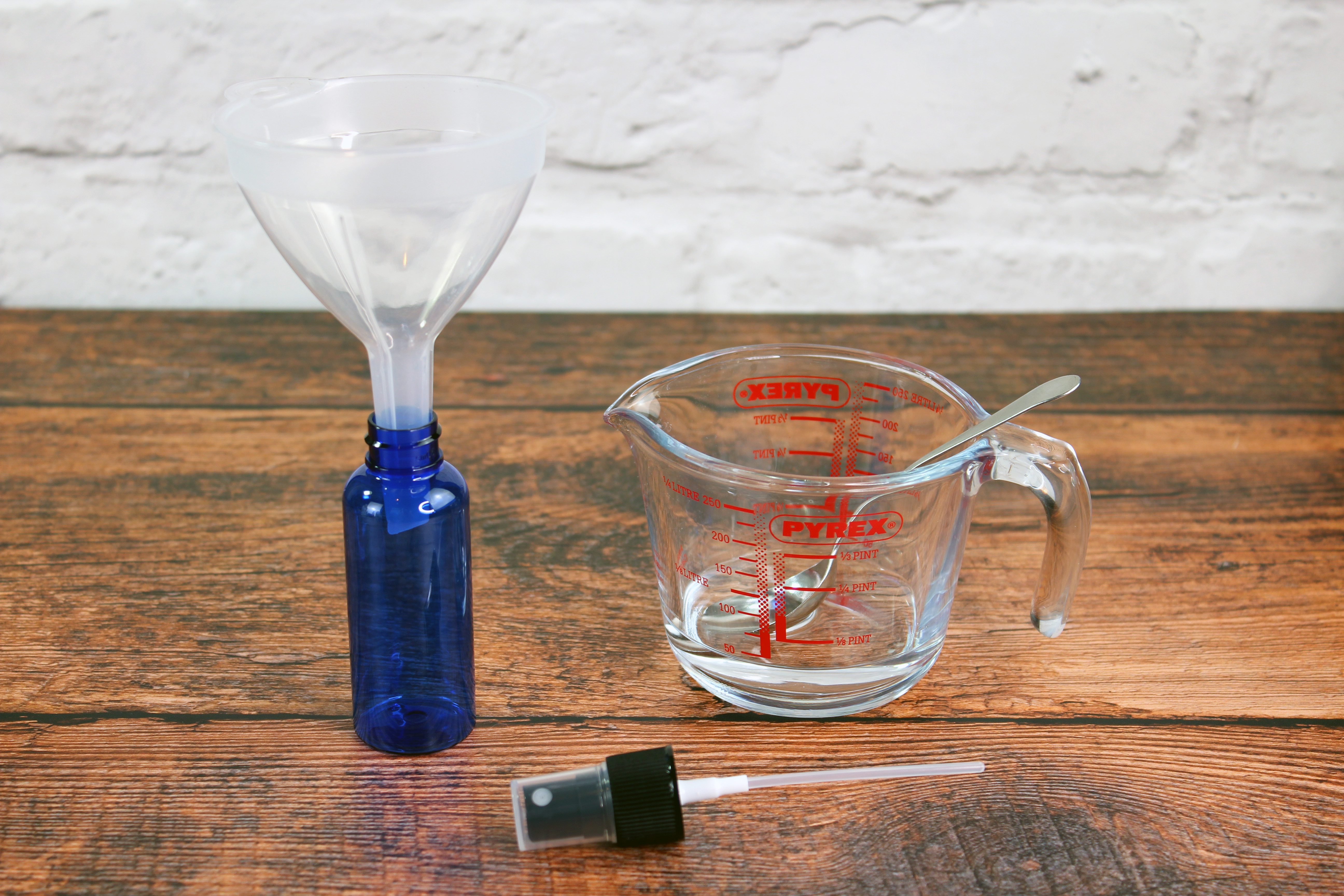
Which essential oils should I use?
One of the best things about learning how to make your own hand sanitizer is deciding which essential oils to use. Different essential oils bring different qualities and are actually beneficial to your skin. Including essential oils in your hand sanitizer recipe can help to fight bacteria, as well as leaving your hands feeling refreshed. If you want to experiment with scent combinations, it’s a good idea to buy sets of essential oils, instead of the individual bottles, like this Premium Essential Oil collection, £15.99.
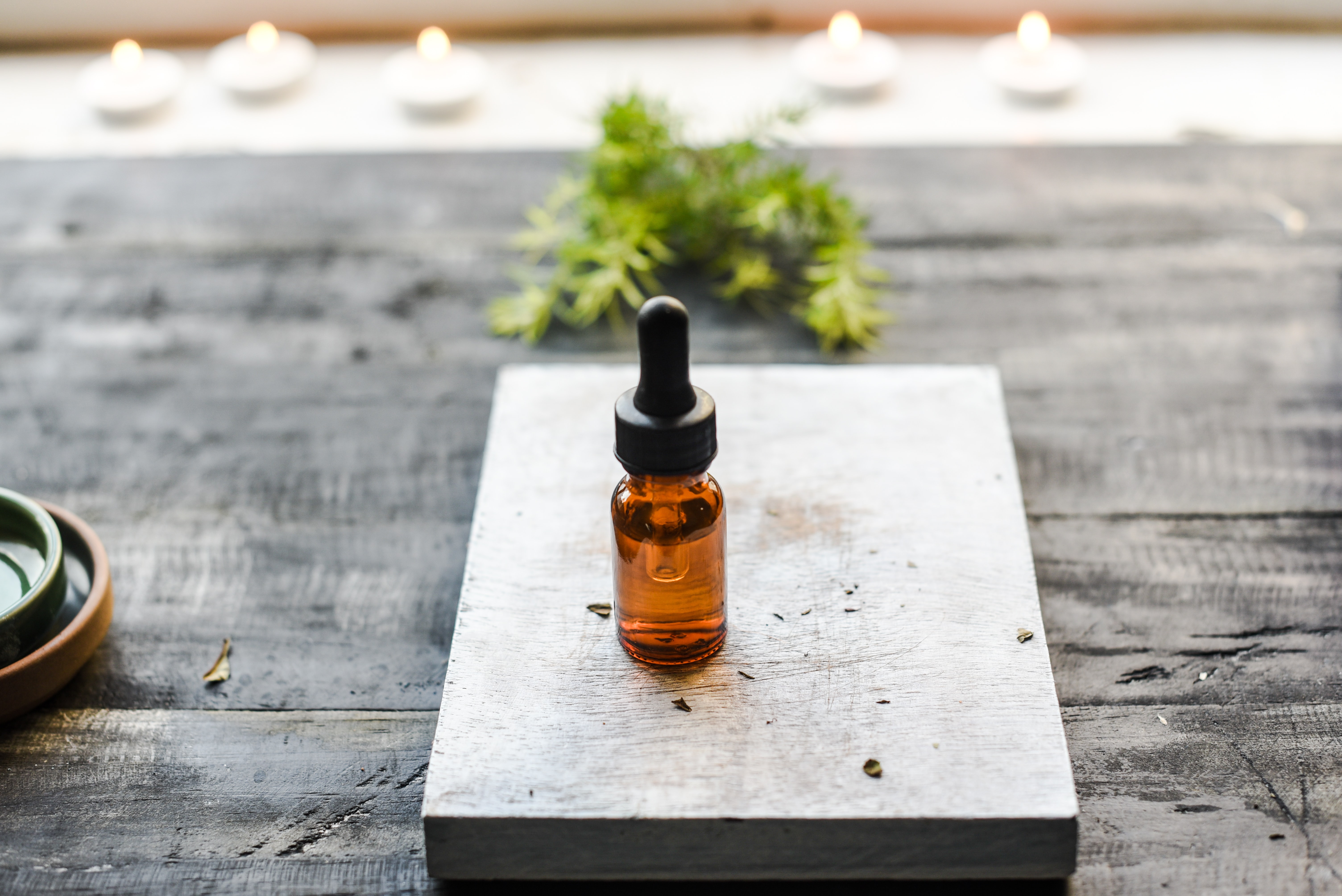
Tea tree oil
Tea tree oil is ideal for use in hand sanitizers as kills several common bacteria and viruses responsible for causing illness. Tea tree oil contains the compound terpinen-4-ol which is antibacterial, antifungal, and antiviral. It’s also an antiseptic, so it helps treat minor cuts and scrapes, making it ideal for hard-working hands, or children’s hands.
Lavender oil
Like tea tree oil, lavender is gentle on the skin. It has anti-inflammatory qualities and is also antibacterial, antiviral, and antimicrobial. It also contains an antifungal agent to help keep fingernails in tip-top condition. Lavender oil is another great option for children.
Rose geranium oil
Geranium also has antiseptic properties, making it an effective aid to help with skin problems including cuts, burns, and ulcers. It’s also antibacterial, antifungal, and antiviral so it’s ideal for use in your hand sanitizer recipe, especially if you favor a more floral scent.
Rosemary
The antibacterial properties of natural rosemary oil make this another great option for using in your hand sanitizer recipe. Rosemary oil has a refreshing herbal scent, and it too is antiseptic, antifungal, and antimicrobial.
Eucalyptus
Eucalyptus oil boasts a wide range of antimicrobial properties, making it a popular choice for commercially produced hand sanitizer recipes. Eucalyptus oil is also antibacterial, antifungal, antiviral, and antiseptic, but it’s also one of the most potent antimicrobial oils, so keep this in mind if you’re looking for a more subtle fragrance.
Manuka
Manuka oil is similar to tea tree oil and has anti-inflammatory and antibacterial properties that help to soothe and protect your skin. It’s also a natural humectant, which helps to lock in moisture and keep hands feeling soft, as well as being a strong antimicrobial and antifungal oil. Manuka oil smells similar to tea tree oil but lighter and sweeter, with perhaps more floral notes.
Peppermint
Peppermint oil is antiseptic, antibacterial, and antiviral. It’s an extremely versatile essential oil and its use in medicine can be traced all the way back to ancient Egypt. If you want your hand sanitizer recipe to be minty fresh, then peppermint oil could be a great one for you – and as a bonus, if you add a couple of drops to your shampoo, the antiseptic properties combined with the cooling sensation from the peppermint can help soothe itchy scalps.
Thyme
Thyme oil has antiviral, antimicrobial, antifungal, anti-inflammatory, and antibacterial properties and is commonly used as a preservative in cosmetics. The compound thymol is one of the strongest antiseptics that we have, and so it’s commonly found in medicines (looking at you, Vicks VapoRub). It’s also an antiseptic, so thyme oil is a great option for using on your hands, and has a fresh, herbal, and energizing scent. As a side note – the ancient Greeks loved the smell of thyme so much, that a popular compliment was to say someone smells like thyme!
Clove
Clove oil has a sweet and spicy smell, with fruity nuances. Its antibacterial, antiviral, antiseptic, and antifungal – and the anti-aging properties of clove oil help to remove dead skin cells and promote blood circulation. Clove oil is another great option to add to your DIY hand sanitizer for hard-working hands and makes a great fall/winter option.
Cinnamon
The distinctive warming, spicy, woody fragrance of cinnamon makes this an excellent essential oil to include in your hand sanitizer recipe in the winter. It has a long list of benefits and is also antibacterial, antifungal, antiviral, antimicrobial, and antiseptic. It’s used in aromatherapy as a popular relaxant and it’s even claimed to boost brain function.
Lemon
Lots of us love the refreshing, citrus smell of lemon, and as an antimicrobial, antiseptic, antiviral, and antifungal it’s a popular choice for soaps and other beauty products. Lemon contains lots of antioxidants and as such, it’s widely used to help promote a positive mood.
Bergamot oil
Extracted from the rinds of pear-shaped citrus fruits from bergamot orange trees, bergamot oil is an uplifting, fruity-smelling oil and is one of the best oils that support the central nervous system and soothe anxiety. It’s also anti-inflammatory, antiseptic, antibacterial, antiviral, and antifungal. Although be warned, the geraniol acetate within bergamot oil is also an aphrodisiac.
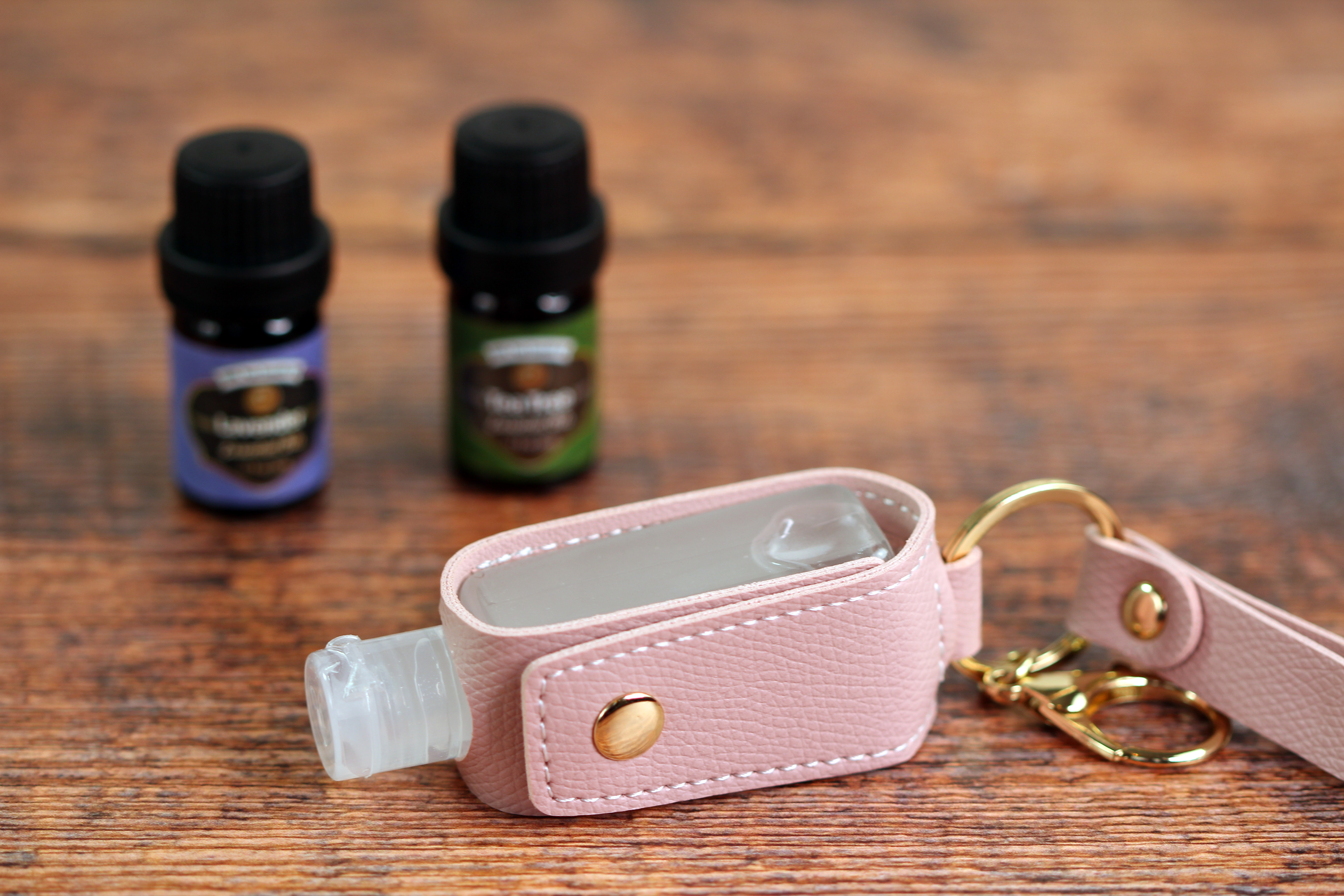
We hope you’ve enjoyed our DIY hand sanitizer tutorial. We have plenty of other fun projects here on Gathered, too. Why not keep those germs at bay by learning how to make soap at home, or perhaps you are tired of buying disposable masks – check out our how to make a face mask tutorial – the only thing you’ll have to decide is what fabric to use.
Main photography by Holly Spanner
Additional images by Katie Harp, Anshu A, and Chelsea Gates
